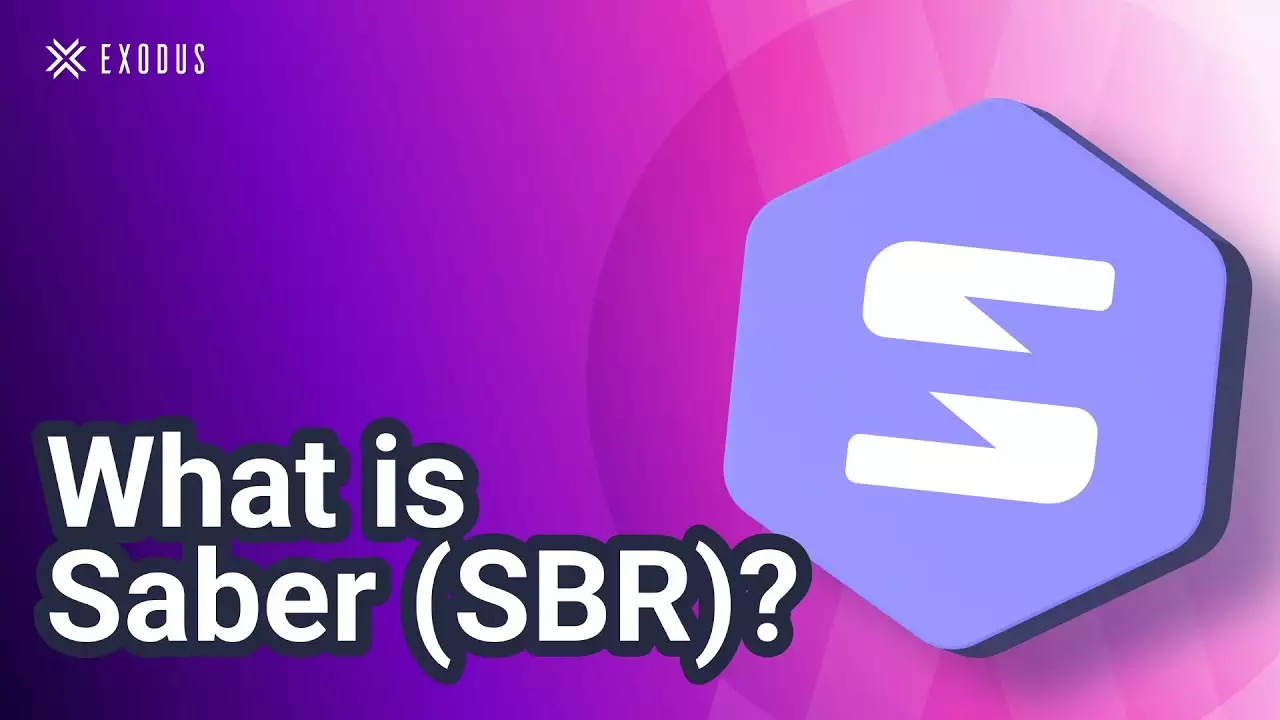Decentralized exchanges (DEXs) are taking the DeFi community by storm. Currently, there are over two hundred great projects for DeFi degens to enjoy. And now, there’s another one to add to your list. The Saber Protocol is the Solana blockchain’s first-ever automated market maker optimized for trading pegged assets. It’s comparable with Curve on the Ethereum blockchain, but being on Solana, Saber transactions are much faster and scalable.
Ethereum’s blockchain is currently capable of executing around 15 transactions per second. Even with the Ethereum Merge on the horizon, transaction speed on the Ethereum mainchain isn’t predicted to speed up a whole lot. Compare that with Solana, where speeds can reach around 65,000 transactions per second, you don’t need to be a math whiz to see the difference! Saber’s mission is to connect the world’s assets through a networked liquidity foundation, and to fix a major inefficiency in the blockchain world.
Currently, assets from one blockchain cannot natively exist on another blockchain. Therefore, Saber created a DEX with an efficient solution that allows users to trade in and out of tokens on separate blockchains. The platform uses token bridging protocols and wormholes to offer a wide range of assets from different chains, including Ethereum, Terra, Avalanche, Polygon and Celo. Saber’s main appeal is that its low fees and interoperability allow instant and efficient swaps between a host of USD-pegged stablecoins from different chains, with minimal slippage. Low slippage is especially important for exchanging large amounts of stable assets.
A 3% slippage fee might sound small, but nobody wants to swap 100,000 USDC for 97,000 UST! Meanwhile, like with most AMMs, liquidity providers can earn yield from transaction fees, LP incentives and more, thanks to Saber’s farms and pools. For the DeFi degens out there, you’ll be happy to know Saber has a token called SBR. SBR is a governance token with two main use cases. The first is to help fund the development of the Saber Protocol and to also work with the community on important parameters like fee models. SBR token holders can take part in community governance that helps decide the fate of the protocol via the official Saber Community Discord. Saber launched their DAO platform at the beginning of this year.
Secondly, SBR is used for incentives between Saber stakeholders (users, liquidity providers, team members, and ecosystem partners). This does mean however that SBR holders are heavily incentivized to sell, and the effects of this can be seen on the SBR price charts. So who are the brains behind Saber? Well, like many DEXs out there, Saber likes to keep their public profile low-key. But we do know that Saber was developed by a small team of blockchain developers called Saber Labs. Saber Labs is officially registered in the Philippines and headed bythe two brothers, Dylan and Ian Macalinao.
The Saber protocol did experience a 52 million dollar exploit on March 30th of this year, and are still working on refunding those who lost their deposits. The money was taken from the “CASH” liquidity pool, and the attacker exploited a vulnerability in the connected Cashio app. How the team resolves and moves on from this issue will be vital to their chances of success going forward. But Saber’s low transaction fees and fast execution times could still help usher in a raft of new, pro-Solana developers.
The protocol can be easily integrated into any other dApp on Solana’s ever-expanding blockchain, and adequate liquidity has proven to be the one key driver of every successful DeFi space. Could Saber emerge as a central player in cross-chain DeFi?


No comments yet